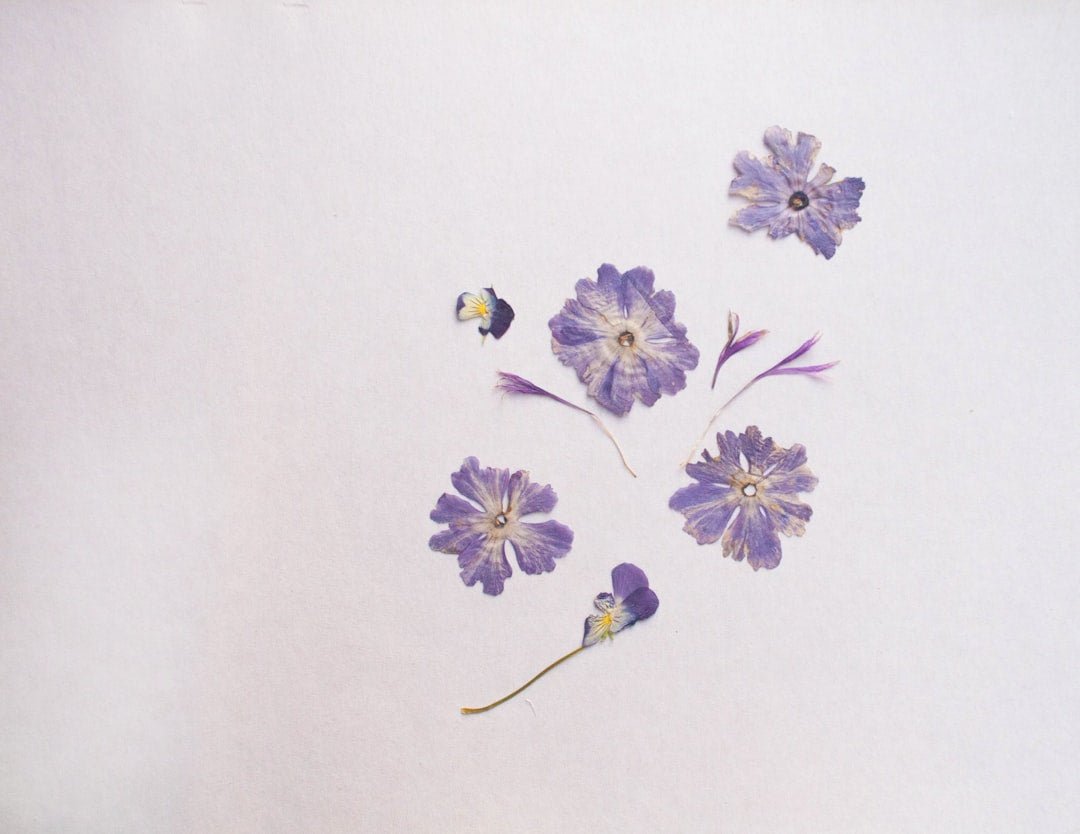
Preserving flowers is an art that transcends time. Whether you’re capturing the memory of a special event, creating a unique home decor piece, or crafting a meaningful gift, picking the right flowers for preservation is imperative. In this comprehensive guide, we’ll explore how to select the best flowers for preservation, ensuring your blooms maintain their beauty for years to come. From types of flowers to preservation techniques, we’ve got you covered!
Understanding the Basics of Flower Preservation
Before diving into the selection process, it’s vital to understand what flower preservation entails. The goal is to maintain a flower’s appearance, color, and structure while preventing decay. Various methods exist, such as drying, pressing, and using silica gel, each affecting flower selection differently.
Why Choose the Right Flowers?
Choosing the right flowers is crucial for successful preservation. Different flowers have varying moisture content, durability, and natural characteristics. Some flowers retain their form and color better than others, and understanding these differences will enhance the longevity of your preserved blooms.
Factors to Consider When Choosing Flowers for Preservation
1. Flower Type
Not all flowers are created equal when it comes to preservation. Here’s a breakdown of the best types of flowers:
- Sturdy Blooms: Flowers with thick petals and sturdy stems, such as roses and peonies, hold up well during the preservation process.
- Small, Delicate Flowers: Flowers like lavender, daisies, and baby's breath dry beautifully and maintain their delicate features.
- Seasonal Choices: Seasonal blooms tend to have their rich color and fragrance; consider options like sunflowers in summer or chrysanthemums in fall.
2. Color Retention
When selecting flowers, think about how well their colors will hold after the preservation process. Brightly pigmented flowers, like red tulips or vibrant zinnias, often retain their hue well, while pastel flowers may fade. If color retention is a paramount factor for your project, choose flowers accordingly.
3. Time of Harvest
The timing of flower collection plays a significant role in preservation success. Flowers should be harvested when they are at peak bloom. Here’s when to pick:
- Morning: Flowers should be cut in the early morning when they are fully hydrated and their petals are firm.
- Not Overripe: Avoid overly mature or wilting flowers as they won’t hold up as well.
Popular Flowers for Drying and Preservation
Roses
Roses are undoubtedly one of the most popular choices for preservation. Their beautiful structure and variety of colors make them suitable for numerous occasions. When selecting roses, opt for blooms that are just starting to open, as they will retain their shape and elegance.
Lavender
Distinct for its fragrance and color, lavender dries exceptionally well. Its slender stems take up less space, making it easy to incorporate into arrangements. Plus, it brings calming scents to any preserved collection!
Hydrangeas
This popular flower is a great choice due to its voluminous florets. While traditional drying works, hydrangeas can also be preserved by placing them in water and letting them slowly desiccate into unique pieces.
Techniques to Preserve Flowers
Once you have selected the right flowers, it’s time to think about how you plan to preserve them. Here are popular methods:
1. Air Drying
Air drying is the simplest method. Hang your flowers upside down in a dark, dry area to avoid fading. After about two to three weeks, they should be adequately dried.
2. Pressing
Pressing flowers between heavy books or in a flower press is another effective technique. Choose flat flowers for this method and leave them pressed for about two to four weeks to achieve a beautiful, flat design ideal for framing.
3. Silica Gel
Silica gel preserves flowers in a more three-dimensional form. Bury flowers in silica gel and leave for up to a week. This method is excellent for delicate blooms or unique shapes.
Special Considerations for Preservation
1. Moisture Content
Consider how much moisture is present in the flowers. Flowers high in moisture content, like tulips and peonies, may mold or rot if not properly cared for. Choosing flowers with lower moisture levels or opting for drying methods that prevent excess moisture can mitigate these issues.
2. Pests and Disease
Inspect flowers for any signs of pests or disease before selecting them for preservation. Stems or petals with damage could complicate the preservation process. Always choose fresh, healthy flowers!
3. Floral Arrangements
If creating an arrangement from multiple flower types, keep in mind how each flower will respond to the same preservation method. It may be wise to group flowers with similar drying times or structures to ensure a cohesive look.
Crafting Your Floral Masterpieces
Once preserved, these flowers can be used to create dazzling arrangements, wall art, or even jewelry. Here are some ideas:
- Framed Arrangements: Use pressed flowers in creative ways in shadow boxes or frames for art pieces.
- Floral Jewelry: Small blooms can be enclosed in resin to create pendants or earrings.
- Home Decor: Dried flowers can infuse your living space with beauty and nostalgia by using them in vases or wreaths.
Tips to Enhance Your Preservation Skills
Experimentation is Key
Don’t be afraid to try different flowers and methods. Every bloom has its unique personality, leading to exciting and unexpected results.
Documentation
Documenting your processes and results can help you refine your techniques over time and identify which flowers work best for specific outcomes.
Stay Informed
Read articles and consider joining online communities of flower preservation enthusiasts. Learning from others' experiences will widen your horizon of possibilities!
Let Your Creativity Blossom
Choosing the right flowers for preservation is an engaging process that allows you to connect with nature while fostering your creative spirit. By understanding the different types of flowers available, considering their moisture content, and carefully selecting the right preservation technique, you can create stunning floral keepsakes. Let your creativity bloom and watch your preserved flowers take center stage in home decor, gifts, and memories to cherish. Dive into the world of flower preservation, and create your very own floral masterpieces today!
